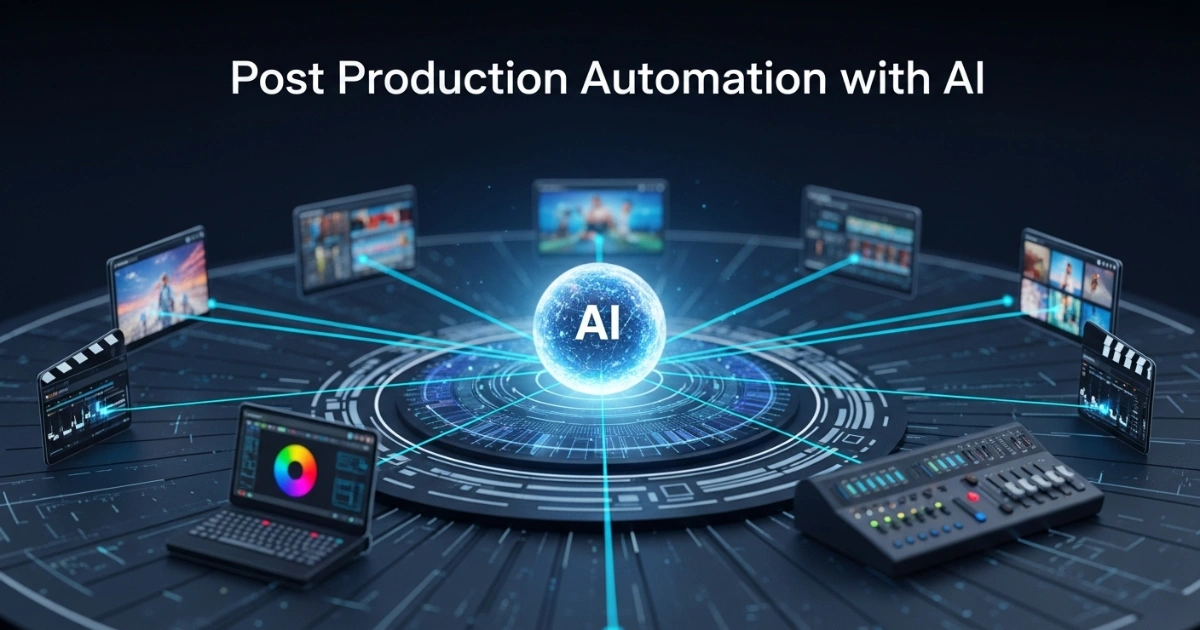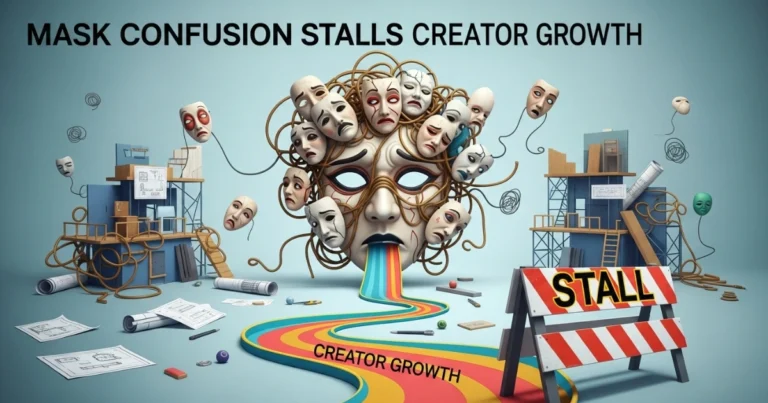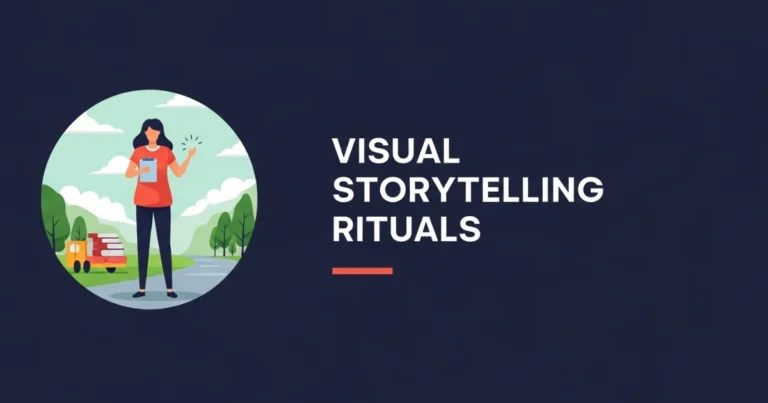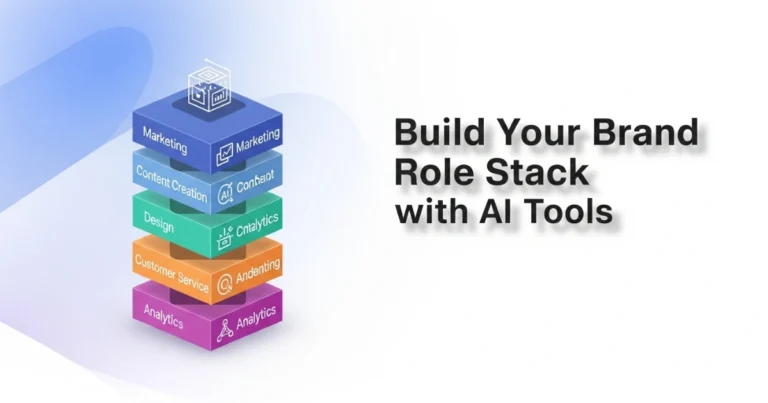Post Production Automation with AI: Revolutionizing Filmmaking

Contents
- 1 What is Post Production Automation with AI?
- 2 Key AI Technologies Driving Post Production Automation
- 3 Benefits of Post Production Automation with AI
- 4 Top AI Tools for Post Production Automation
- 5 Practical Applications of AI in Post Production
- 6 Challenges and Limitations of AI in Post Production
- 7 How to Implement AI in Your Post Production Workflow
- 8 Future of Post Production Automation with AI
Post production automation with AI is transforming the filmmaking industry by streamlining complex tasks and saving valuable time. As filmmakers and content creators strive to produce high-quality videos under tight deadlines, artificial intelligence offers innovative solutions to automate repetitive processes, enhance creativity, and reduce costs. From editing raw footage to generating visual effects, AI tools are revolutionizing how post-production workflows operate. This article explores the role of AI in post production, its benefits, key tools, and practical applications, all while maximizing efficiency and ensuring top-notch results.
What is Post Production Automation with AI?
Post production automation with AI refers to the use of artificial intelligence technologies to simplify and accelerate tasks in the post-production phase of filmmaking. This phase, which occurs after filming, involves editing, sound design, color grading, visual effects, and more. Traditionally, these tasks required extensive manual effort and time. However, AI-powered tools now automate repetitive processes, such as cutting clips, syncing audio, or enhancing visuals, allowing editors to focus on creative decision-making. By leveraging machine learning and advanced algorithms, AI enhances efficiency and precision in post-production workflows.
Why Automation Matters in Post Production
The post-production process can be time-consuming and resource-intensive. For instance, manually sorting through hours of footage or adjusting color tones frame by frame demands significant effort. AI automation addresses these challenges by:
- Saving Time: AI tools can process large volumes of data quickly, reducing editing timelines.
- Reducing Costs: Automation minimizes the need for extensive manual labor, lowering production expenses.
- Improving Accuracy: AI algorithms ensure consistent results, such as precise audio syncing or seamless visual effects.
- Enhancing Creativity: By handling repetitive tasks, AI frees editors to focus on storytelling and artistic choices.
As a result, post production automation with AI enables filmmakers to deliver projects faster without compromising quality.
Key AI Technologies Driving Post Production Automation
Several AI technologies power post production automation, each addressing specific tasks. Understanding these technologies helps filmmakers choose the right tools for their projects. Here are the most impactful ones:

1. Machine Learning for Video Editing
Machine learning algorithms analyze raw footage to identify key moments, such as emotional peaks or action sequences. For example, tools like Adobe Premiere Pro’s Auto Reframe use AI to automatically adjust video frames for different aspect ratios, saving editors hours of manual work. Similarly, AI-driven scene detection can segment footage into usable clips, streamlining the editing process.
2. Natural Language Processing for Audio
Natural language processing (NLP) enhances audio post-production by automating tasks like dialogue editing and subtitle generation. AI tools, such as Descript, transcribe audio with high accuracy and allow editors to manipulate audio by editing text. This eliminates the need for tedious manual adjustments, making audio post-production faster and more efficient.
3. Computer Vision for Visual Effects
Computer vision enables AI to analyze and manipulate visual elements in videos. For instance, AI-powered rotoscoping tools, like Runway ML, automatically separate foreground and background elements, simplifying tasks like object removal or green screen effects. This technology drastically reduces the time required for complex visual effects workflows.
4. Generative AI for Content Creation
Generative AI creates new content, such as realistic backgrounds, special effects, or even entire scenes. Tools like DALL·E or MidJourney can generate high-quality visuals based on text prompts, allowing filmmakers to create stunning effects without expensive CGI teams. This is particularly useful for low-budget productions aiming for professional results.
5. AI-Driven Color Grading
Color grading, a critical aspect of post-production, is now faster with AI. Tools like DaVinci Resolve’s Color Warper use AI to suggest color adjustments based on the mood or style of the footage. This not only saves time but also ensures consistency across scenes, especially in large projects.
Benefits of Post Production Automation with AI
The integration of AI into post-production offers numerous advantages. By automating repetitive tasks and enhancing creative processes, AI empowers filmmakers to achieve more in less time. Here are the key benefits:

1. Increased Efficiency
AI tools significantly reduce the time spent on repetitive tasks. For example, automated editing software can process hours of footage in minutes, identifying usable clips and organizing them for editors. Consequently, projects that once took weeks can now be completed in days.
2. Cost Savings
Manual post-production requires skilled professionals and extensive hours, driving up costs. AI automation reduces the need for large teams, enabling small studios or independent filmmakers to produce high-quality content on a budget. For instance, AI-driven tools can handle tasks like color correction or sound mixing, which traditionally required specialized expertise.
3. Enhanced Creativity
By automating mundane tasks, AI allows editors to focus on storytelling and creative decisions. For example, instead of spending hours syncing audio, editors can experiment with narrative pacing or visual styles. This shift enhances the overall quality of the final product.
4. Scalability for Large Projects
AI excels at handling large datasets, making it ideal for complex projects like feature films or TV series. Automated tools can process multiple scenes simultaneously, ensuring consistency across episodes or sequences. This scalability is a game-changer for studios managing high-volume workloads.
5. Accessibility for Beginners
AI tools often come with user-friendly interfaces, making post-production accessible to novice filmmakers. Platforms like Filmora or CapCut offer AI-driven features that simplify editing, allowing beginners to achieve professional results without years of experience.
Top AI Tools for Post Production Automation
Several AI-powered tools are leading the charge in post production automation. These tools cater to various aspects of the process, from editing to visual effects. Below are some of the best options available:

1. Adobe Premiere Pro
Adobe’s flagship editing software integrates AI features like Auto Reframe, Scene Edit Detection, and Speech-to-Text. These tools automate tasks such as reframing videos for social media, detecting cuts, and generating subtitles, saving editors significant time.
2. DaVinci Resolve
DaVinci Resolve combines AI-driven color grading, audio post-production, and visual effects in one platform. Its Neural Engine automates tasks like facial recognition for retouching and audio syncing, making it a favorite among professionals.
3. Descript
Descript revolutionizes audio editing with its AI-powered transcription and text-based editing features. Editors can cut, rearrange, or enhance audio by editing text, streamlining the audio post-production process.
4. Runway ML
Runway ML offers AI-driven tools for video editing and visual effects, including rotoscoping, object removal, and generative content creation. Its intuitive interface makes it accessible for both beginners and professionals.
5. Topaz Video AI
Topaz Video AI specializes in enhancing video quality through AI upscaling, denoising, and frame interpolation. This tool is ideal for restoring old footage or improving low-resolution videos for modern displays.
Practical Applications of AI in Post Production
Post production automation with AI has practical applications across various filmmaking tasks. Here’s how AI is being used in real-world scenarios:

1. Automated Video Editing
AI tools analyze raw footage to create rough cuts, saving editors hours of manual sorting. For example, a documentary filmmaker can use AI to identify key interview moments, allowing them to focus on crafting a compelling narrative.
2. Audio Enhancement and Syncing
AI-powered audio tools automatically sync dialogue with video, remove background noise, or enhance sound quality. This is particularly useful for projects with poor initial audio recordings, such as those filmed in noisy environments.
3. Visual Effects and CGI
AI simplifies the creation of visual effects by automating tasks like rotoscoping or generating realistic backgrounds. Independent filmmakers can now achieve Hollywood-level effects without large budgets.
4. Subtitling and Localization
AI-driven transcription and translation tools generate accurate subtitles in multiple languages, making content accessible to global audiences. This is especially valuable for streaming platforms aiming to expand their reach.
5. Color Correction and Grading
AI tools analyze footage to suggest color grades that match the desired aesthetic. This ensures consistency across scenes and reduces the time spent on manual adjustments.
Challenges and Limitations of AI in Post Production
While post production automation with AI offers significant benefits, it’s not without challenges. Understanding these limitations helps filmmakers use AI effectively:

1. Learning Curve
Some AI tools require technical knowledge to maximize their potential. Filmmakers may need training to integrate these tools into their workflows effectively.
2. Over-Reliance on Automation
AI can streamline processes, but over-reliance may lead to generic outputs. Human oversight is essential to ensure creative decisions align with the project’s vision.
3. Cost of Premium Tools
While some AI tools are affordable, premium software like Adobe Premiere Pro or DaVinci Resolve requires subscriptions or one-time purchases, which may be a barrier for small-budget filmmakers.
4. Data Privacy Concerns
AI tools often rely on cloud-based processing, raising concerns about data security. Filmmakers must choose reputable platforms to protect sensitive footage.
How to Implement AI in Your Post Production Workflow
Integrating post production automation with AI into your workflow requires careful planning. Follow these steps to maximize efficiency:

1. Identify Repetitive Tasks
Start by pinpointing time-consuming tasks, such as footage sorting or audio syncing, that AI can automate. This helps you choose the right tools for your needs.
2. Choose the Right Tools
Select AI tools that align with your project requirements and budget. For example, use Descript for audio-heavy projects or Runway ML for visual effects.
3. Test and Refine
Experiment with AI tools on smaller projects to understand their capabilities. Refine your workflow based on results to ensure seamless integration.
4. Combine AI with Human Creativity
Use AI to handle repetitive tasks, but rely on human judgment for creative decisions. This balance ensures high-quality, unique outputs.
5. Stay Updated
AI technology evolves rapidly. Stay informed about new tools and updates to leverage the latest advancements in post production automation.
Future of Post Production Automation with AI
The future of post production automation with AI is bright, with emerging trends poised to further transform the industry. For instance, real-time AI editing tools could enable editors to make adjustments during filming, reducing post-production timelines. Additionally, advancements in generative AI may allow filmmakers to create entire scenes from scratch, minimizing the need for physical sets. As AI becomes more accessible, independent filmmakers will gain access to tools once reserved for big studios, democratizing the industry.

Conclusion
Post production automation with AI is revolutionizing filmmaking by streamlining workflows, reducing costs, and enhancing creativity. From automated video editing to AI-driven visual effects, these tools empower filmmakers to produce high-quality content efficiently. By integrating AI into their workflows, filmmakers can save time, scale projects, and focus on storytelling. As AI technology continues to evolve, its impact on post-production will only grow, making it an essential tool for modern filmmakers. Embrace post production automation with AI today to stay ahead in the ever-evolving world of filmmaking.






